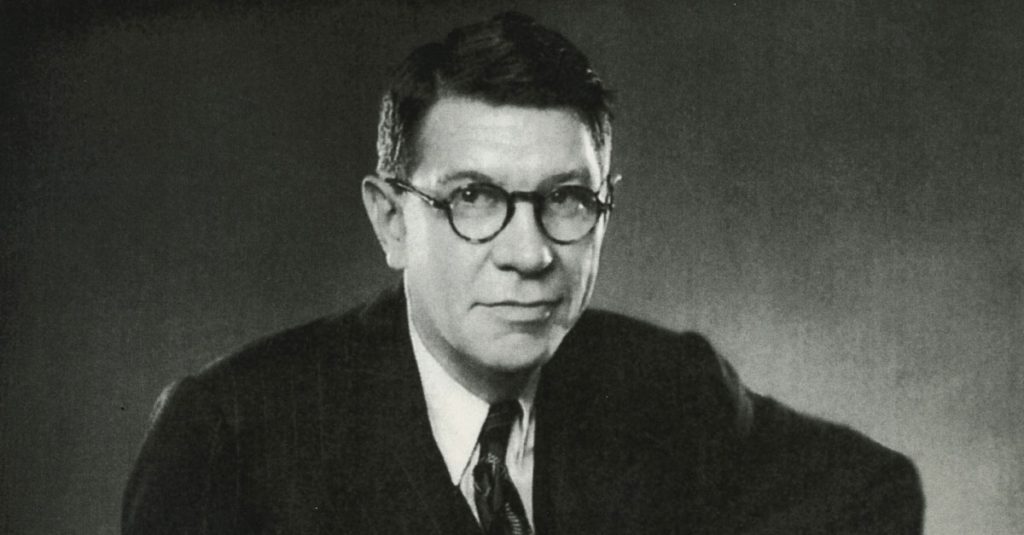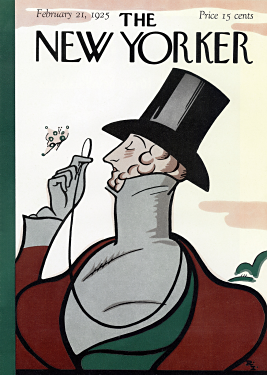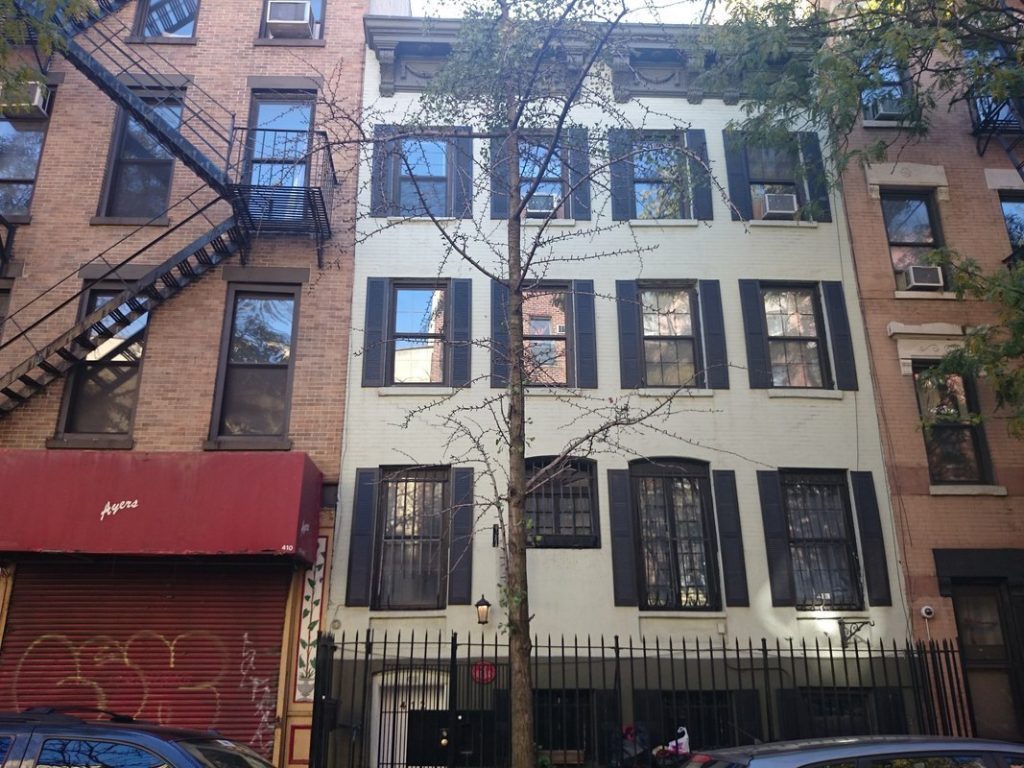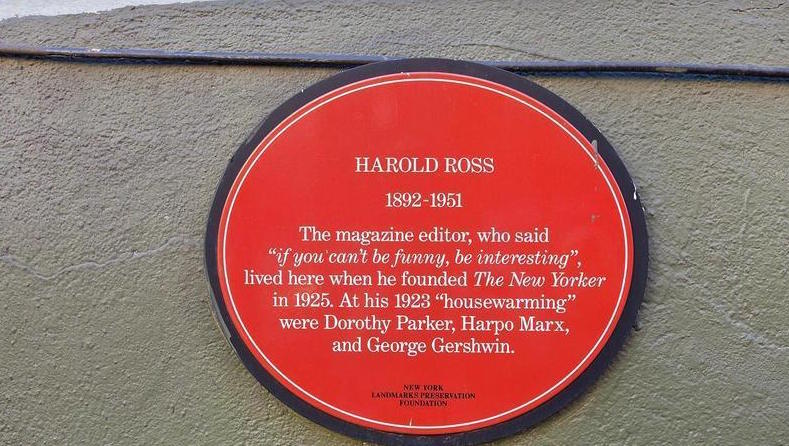Today, we tip our caps to Harold Ross, founder of The New Yorker.

The American journalist and editor, who famously said “If you can’t be funny, be interesting,” was born on this day in 1892. The son of Scottish and Irish immigrants, Ross was born in Colorado, eventually making his way to New York City after serving in WWI. There, he assumed the editorship of The Home Sector, a magazine for veterans, which was later absorbed by American Legion Weekly. Afterward, he spent some time working at a satirical magazine called Judge.
This experience inspired Ross to envision a magazine of his own, one with sophisticated humor that set itself apart from the corny humor of Judge. With the help of his wife, NY Times reporter Jane Grant, and his fellow members of the Algonquian Round Table — a celebrated group of New York City writers, critics and actors — The New Yorker debuted on February 21, 1925.

The first issue of The New York Yorker. A variation of this image appears on the cover of every anniversary issue.
In an effort to establish a superior air of cosmopolitan sophistication, Ross declared in a prospectus for The New Yorker that the magazine “is not edited for the old lady in Dubuque.” He declared the magazine to be “a reflection in word and picture of metropolitan life,” adding “Its general tenor will be one of gaiety, wit and satire, but it will be more than a jester.”
Almost 100 years later, The New Yorker‘s nationwide readership may have debunked Ross’ dig at little old ladies in Dubuque, Iowa, but the magazine’s ability to maintain its signature wit after decades of reporting and editorializing on polarizing issues undeniably upholds the other declarations of Ross’ prospectus.
The Historic Landmark Preservation Center has marked Ross’ home at the time of founding the magazine with a Cultural Medallion, a symbol created by the HLPC “to remind people of how New York became as rich and vital, as energetic and dynamic as it is” by documenting significant individuals and notable occurrences related to the city’s cultural, economic, political and social history.
The four-story Hell’s Kitchen townhouse, built in 1901, was last sold in 2013 for $4.995M.
Related:












